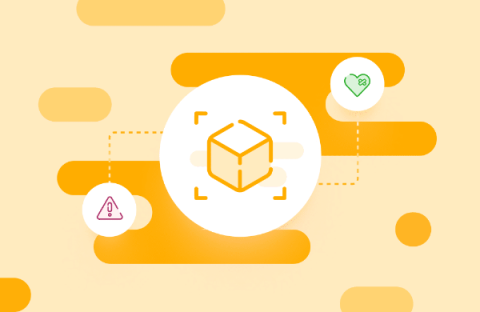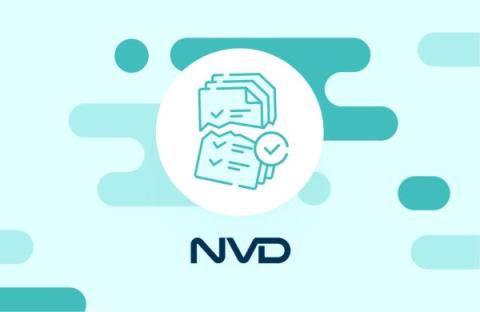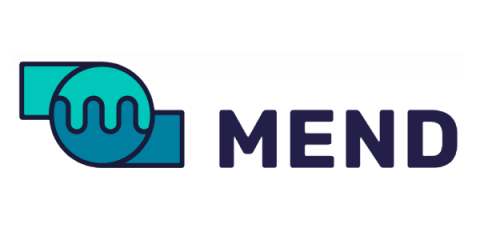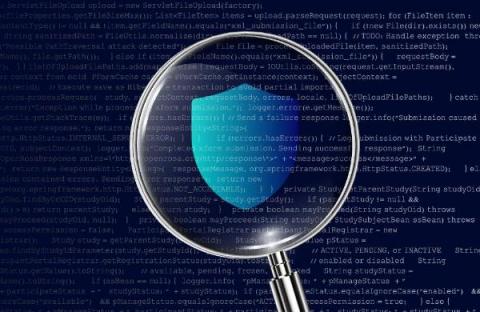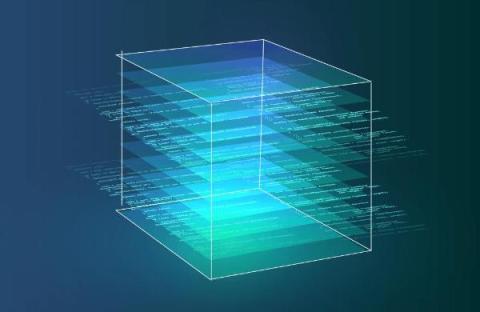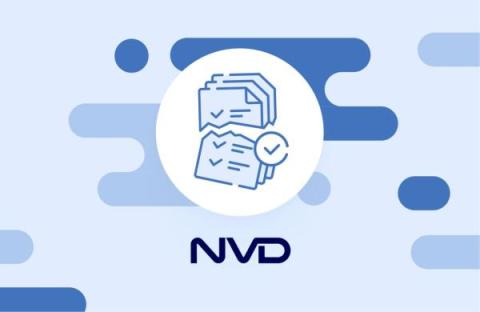What Makes Containers Vulnerable?
When looking for sensitive information and other valuable assets, attackers rarely access their target directly. Instead, they find vulnerabilities in other components and use them to weave through the system and escalate privileges where they can. Because containers add a layer of complexity to already large and complex applications, the attack surface is increased, giving threat actors more to work with.


